Does Biodiversity make us happy?
As part of a Royal Society Partnership grant, a group of sixth formers at SLGGS studied the impact of biodiversity on psychological and physiological well-being.
We wanted to find out if walking in a biodiverse area was more beneficial than walking in a less biodiverse area. We chose the Orchard (a small nature reserve we are developing in the school grounds) as our Biodiverse area and the school field as our less biodiverse area, with an inside school walk as our control.
We chose the school field as our comparison because there is a wealth of evidence that suggests spending time outside increases well-being and we were keen to investigate the impact of high biodiversity.
Is the Orchard more biodiverse than the school field?
Our Science partner, Dr Ed Turner, helped us use a variety of sampling techniques to assess the biodiversity in the two areas.
Through sampling the two areas we were able to show that the Orchard was far more biodiverse than the field.
We then tested over 600 individuals by taking blood pressure readings and asking them to fill out a well-being questionnaire before and after taking a walk.
We divided our participants into three roughly equal groups; one group took a 400m walk around the orchard, one walked around the running track on the school field and one walked 400m around the corridors inside the school building.
As you can see from the graph, taking a walk anywhere decreases systolic blood pressure.
On average the decrease is largest following a walk through the Orchard.
Interestingly the standard deviation lines show us that that it is very unlikely to see any individual show an increase in systolic blood pressure following a walk in the Orchard, whereas this is more common when walking around the track on the school field or within the school.
The questionnaire (STAI) was designed to measure anxiety and is often used to indicate a person’s level of contentment or happiness. The higher the STAI score the happier the subject is.
As you can see the results are overwhelming: taking a walk through the Orchard significantly increases your feelings of contentment compared to the field or within school and this is true for all year groups.
The results of our Orchard well-being project have had a significant impact on the school.
The Orchard area is now used for leisure and learning activities. Sixth form students can take part in a weekly timetabled research group, where they have the opportunity to plan and carry out a research project based on the link between biodiversity and well-being and/ or work on conservation within the Orchard grounds.


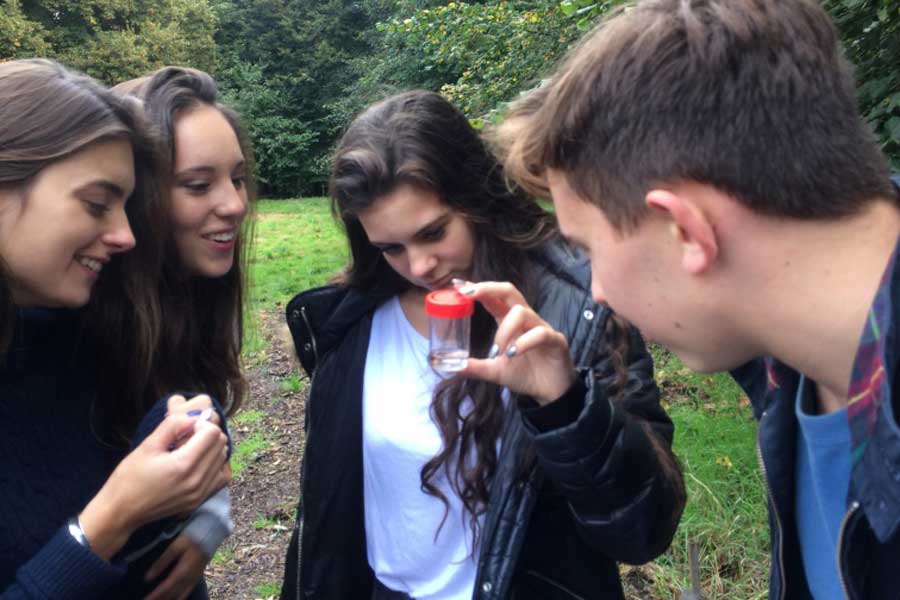
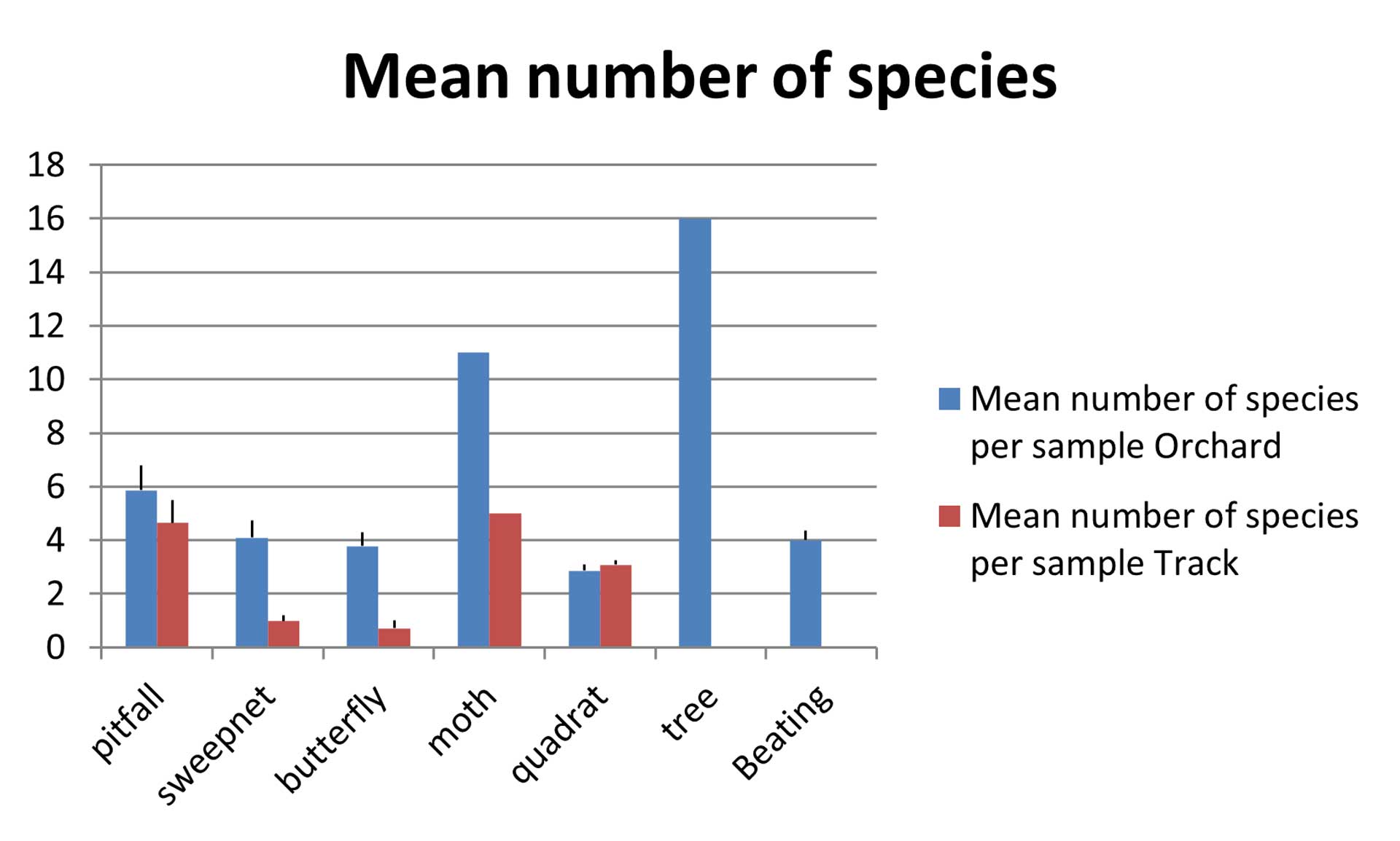
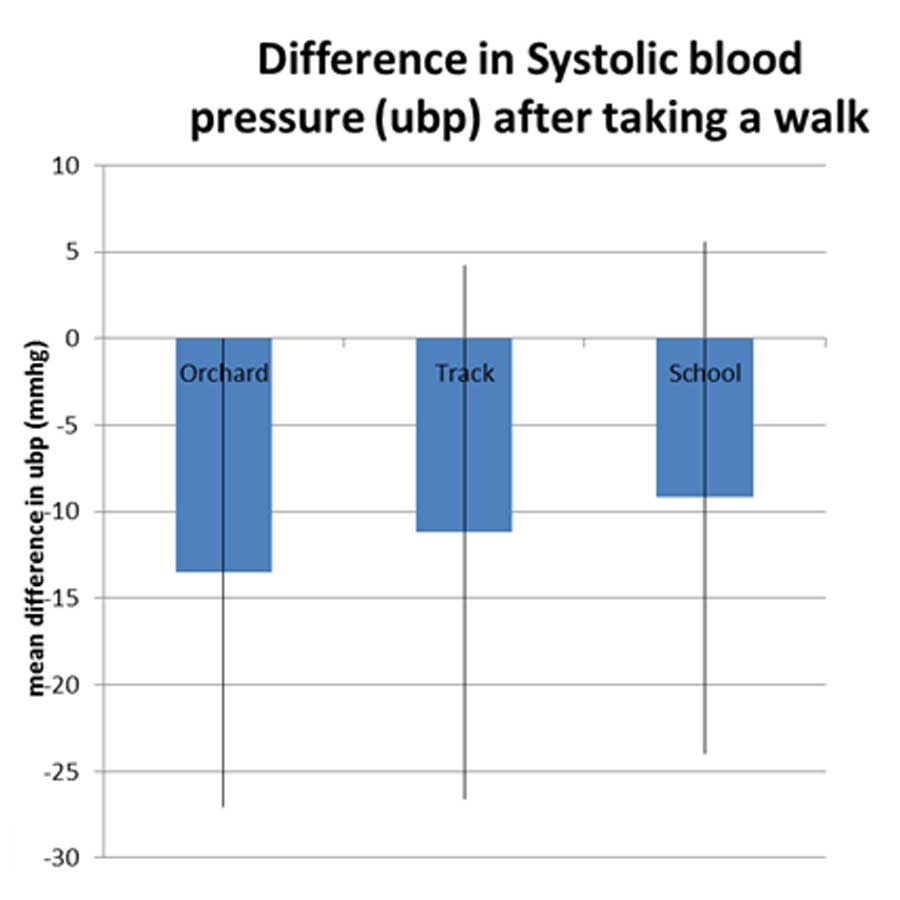
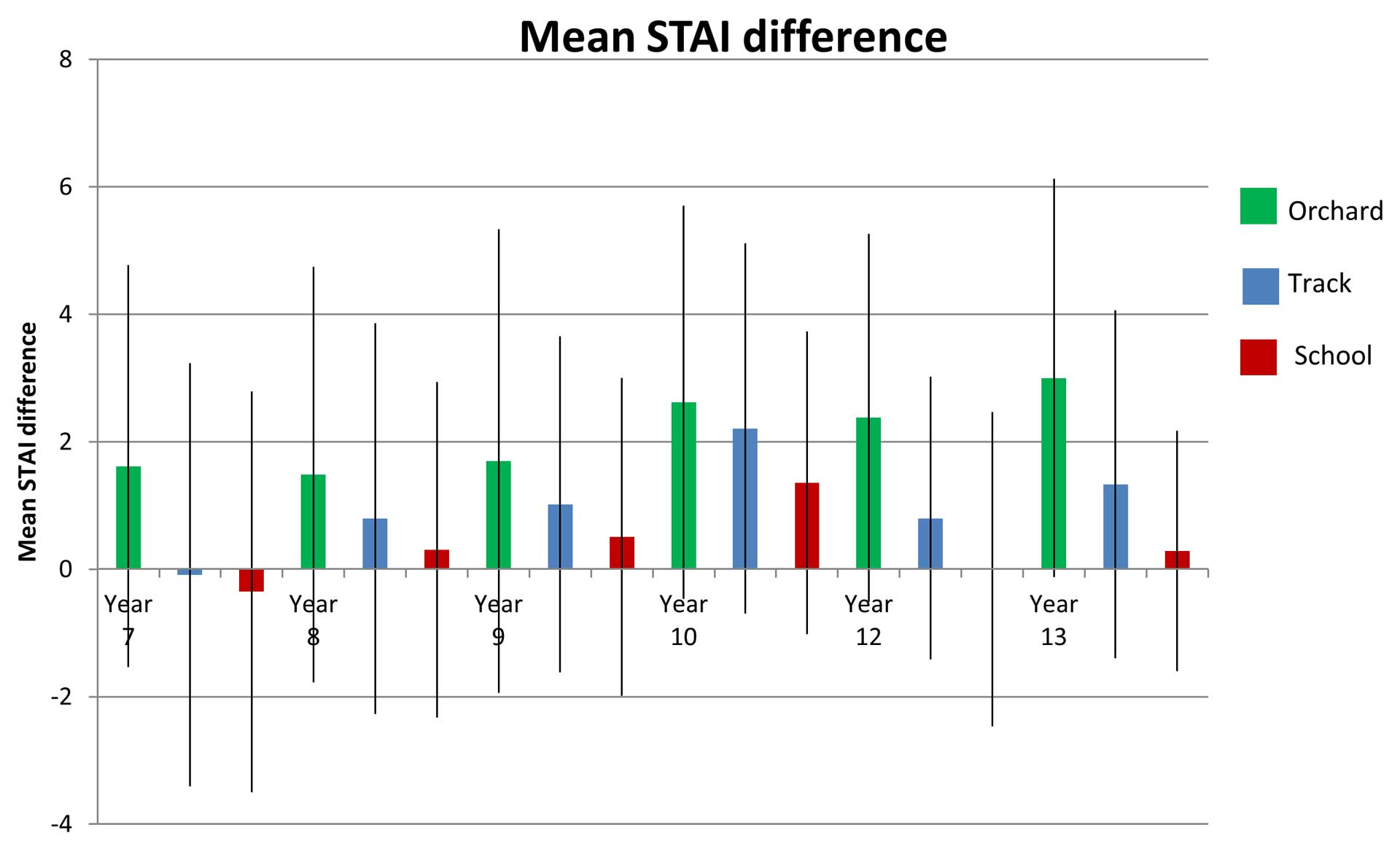

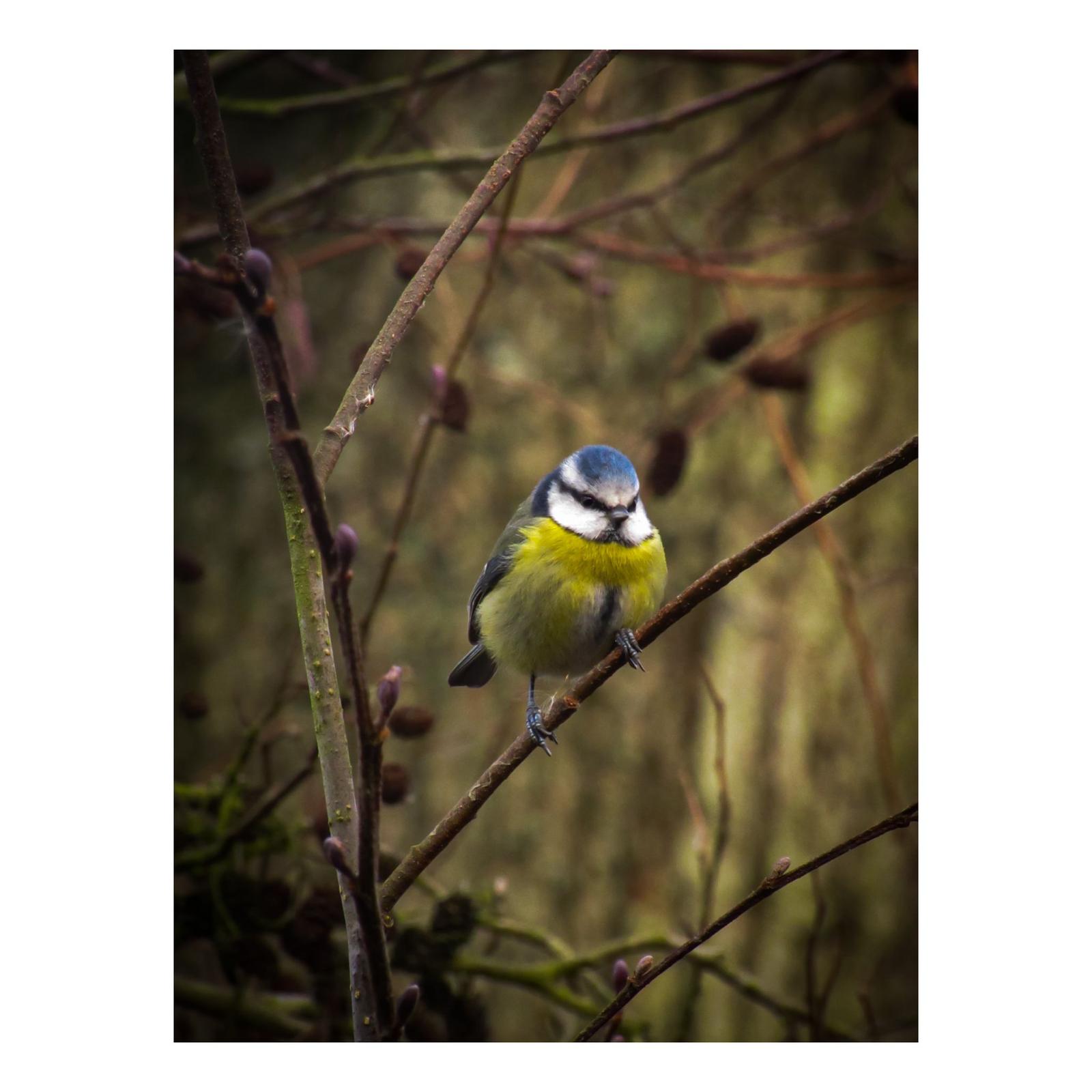

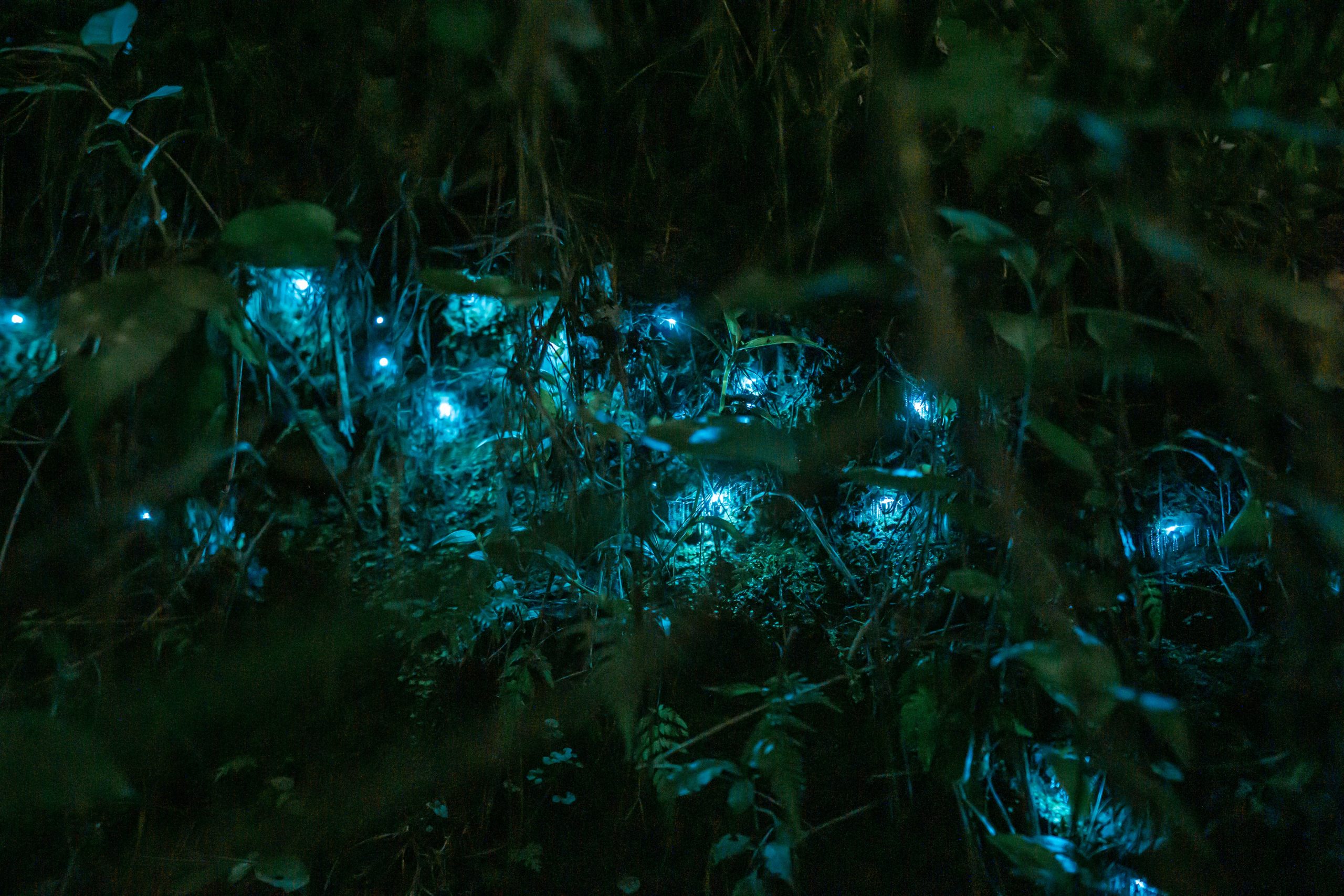
0 Comments